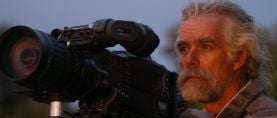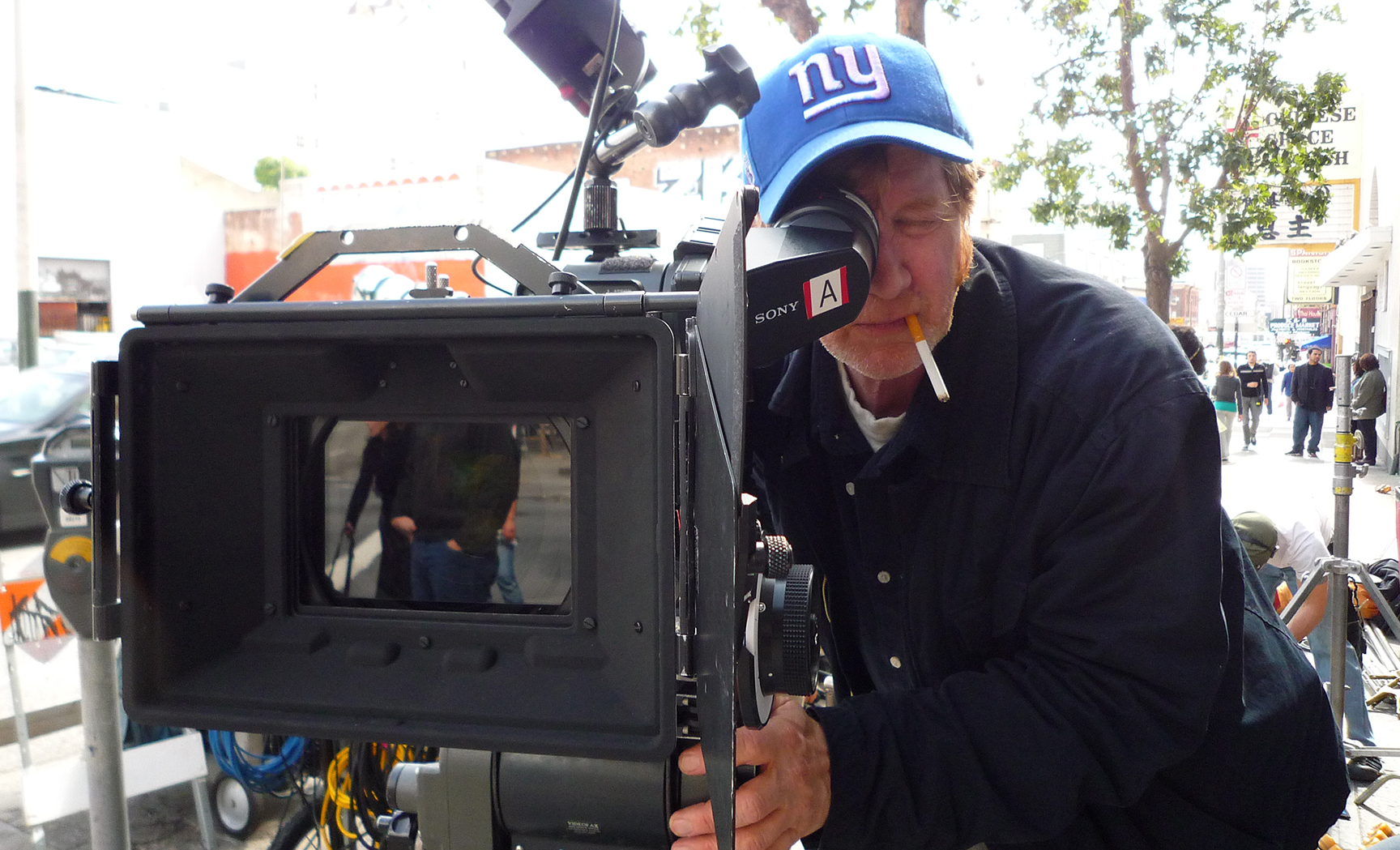
In Memoriam: Thomas Richmond, ASC (1950-2022)
The cinematographer — whose feature credits include Stand and Deliver, Little Odessa and Nick and Nora’s Infinite Playlist — died on July 29 at the age of 72.
The cinematographer — whose feature credits include Stand and Deliver, Little Odessa and Nick and Nora’s Infinite Playlist — died on July 29 at the age of 72.
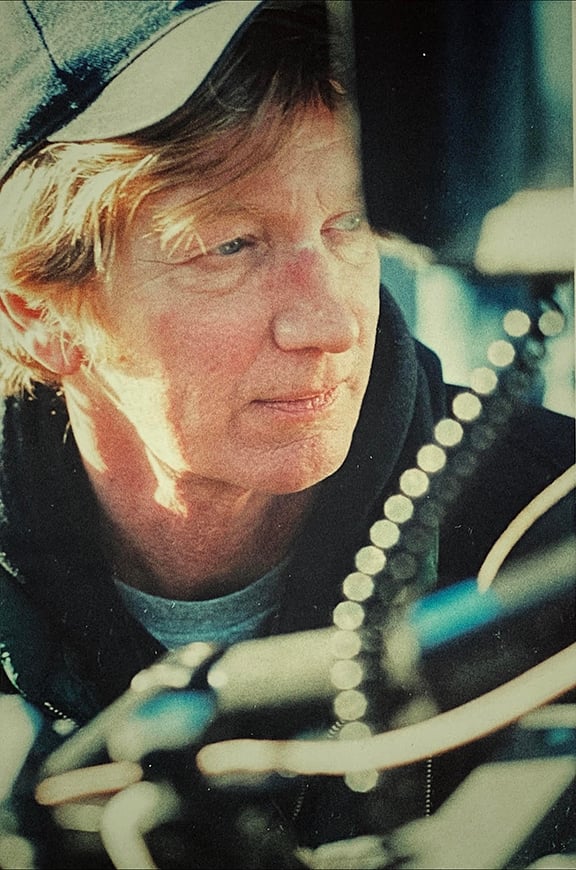
Thomas Richmond, ASC was born January 18, 1950, in the village of Bronxville, New York. He studied architecture and photography at Harvard University and earned graduate degrees from the UCLA School of Theater, Film & Television and the American Film Institute. It was his interest in photography that led him to filmmaking and drew directors to his work.
Richmond’s professional career began in the early 1980s as an additional photographer for fellow UCLA alum director Alex Cox on Edge City (1980), Repo Man (1984), and Walker (1987), and as a camera operator for future ASC member Robert Richardson on Oliver Stone’s Salvador (1986; also contributing uncredited 2nd unit photography).
His early credits as a director of photography include the camp horror classic Chopping Mall (1986), Cox’s Straight to Hell (1986), and Stand and Deliver (1987) for director Ramon Menendez, who also attended UCLA with Richmond and was impressed enough with his photographs in the school’s newspaper to seek him out as a cinematographer for their student work. Based on the true story of high school mathematics teacher Jaime Escalante (an Oscar-nominated Edward James Olmos), Stand and Deliver won the Independent Spirit Award for Best Feature in 1988, and Richmond was nominated for Best Cinematography.
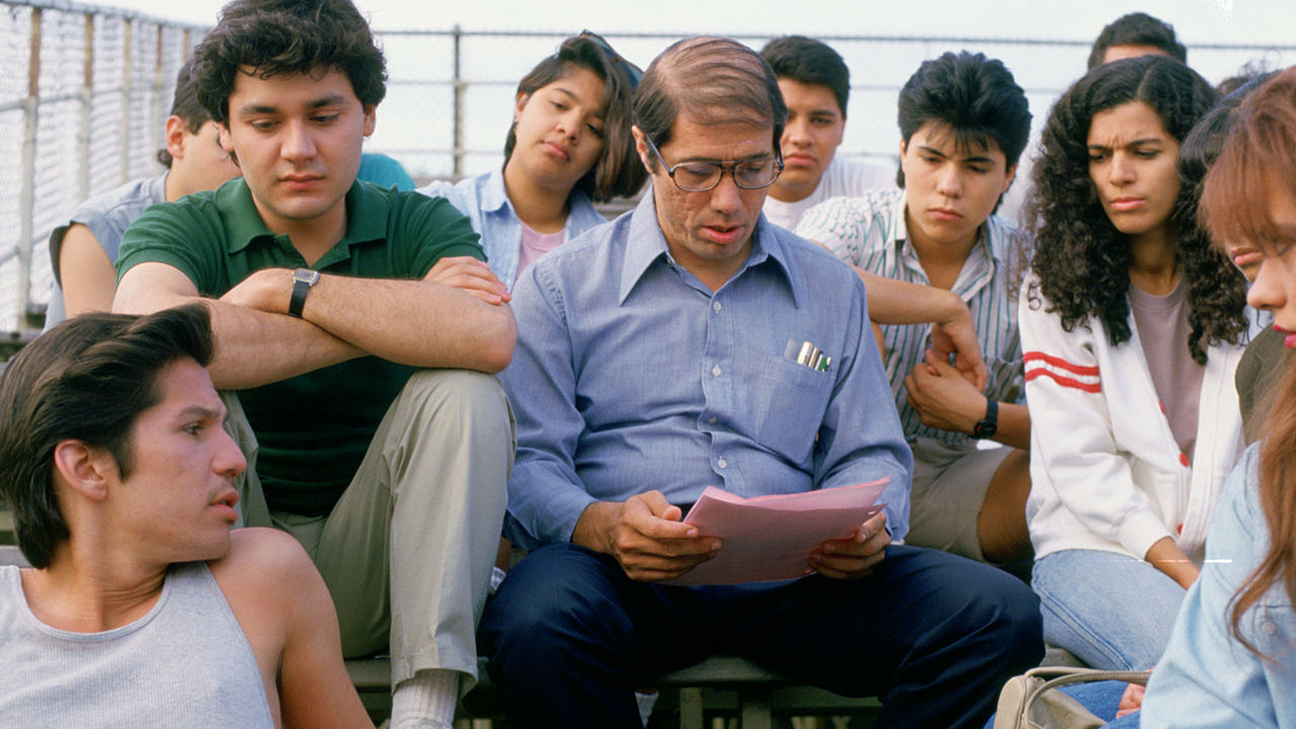
The Chocolate War (1988) marked the beginning of a five-film collaboration with director Keith Gordon, which also included A Midnight Clear (1992), Mother Night (1996), Waking the Dead (2000), and The Singing Detective (2003). “His cinematography was brave and rich and varied,” Gordon eulogized in an email to Filmmaker magazine. “His images and light could be so breathtaking — but it was always about the story, the emotion, the humans at the core of it all.”
“Tom’s love for photography was palpable and infectious. He saw it as an innate form of expression, and saw the potential for expression in others.”
— Jaron Presant, ASC
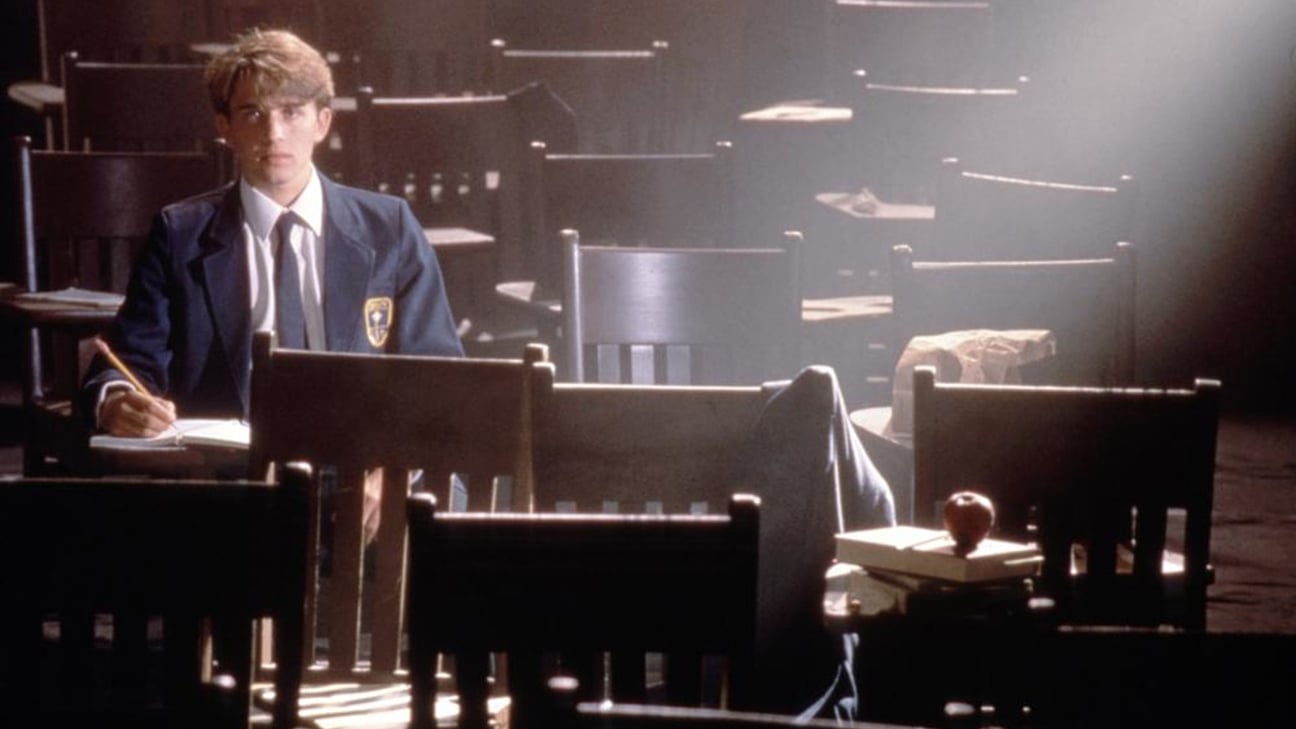
Meanwhile, Richmond helped launch the careers of three filmmakers with three very different projects: the blaxploitation film parody I’m Gonna Git You Sucka! (1988) for Keenan Ivory Wayans, the hopped-up bank-heist film Killing Zoe (1993) for Roger Avary, and the serious family drama Little Odessa (1994) for James Gray.
In AC’s story on Killing Zoe’s production (April ’95), Richmond admits that at first, “I didn't quite get the script,” but then director Avary “hooked me in two ways: first, he had a laserdisc of The Chocolate War, an obscure movie I’d shot; then he said that he wanted the bank in Killing Zoe to be like the Overlook Hotel in The Shining.”
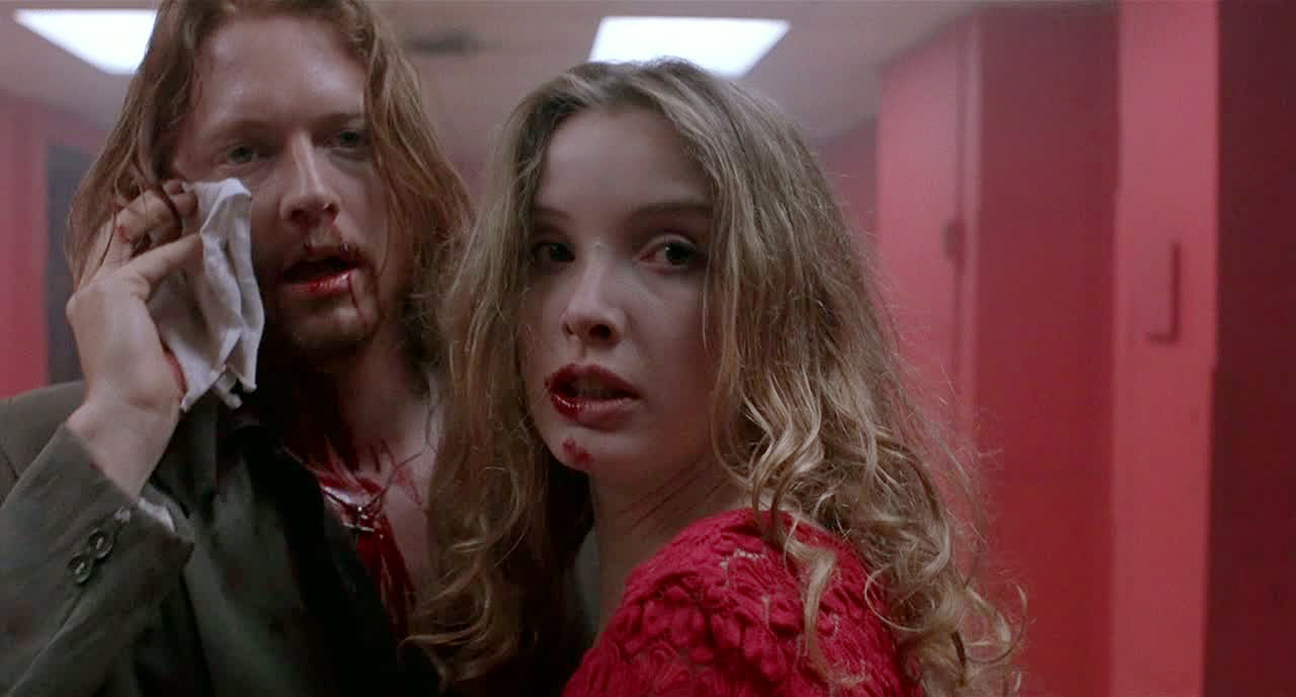
Richmond's still photography background inspired his striking use of Clairmont Camera’s Swing and Tilt bellows lens for the characters’ hazy POVs in the film’s dark, drug-fueled night sequence. “Roger wanted to create the feeling of being on drugs. I’m always apprehensive about ideas like that, but the lenses helped get the effect,” he told AC. “Film is horizontal, which means it is closer to how we perceive the world. The Swing and Tilt lenses, along with the lack of light, closed off the horizontal. You lose your peripheral vision. People just seem to appear in frame.”
The cinematographer considered Little Odessa — a film about a hitman (Tim Roth) who returns to the Russian-Jewish neighborhood where he grew up and was later banished from — a career highlight, and credits Gray’s watercolors depicting the film’s Brooklyn locations for sparking his imagination. “They were all his favorite moments in the film, and he painted them,” Richmond told Filmmaker (Winter ’95), “They were from his heart. That kicked my ass. From that point on, I was his ally. I told him, ‘I’ll do some Godfather and French Connection if you want, but what I really want to do are your paintings.’”
“I used to believe that I chose Tom Richmond to photograph my first film, and that it was one of my best decisions. Now, I look back and I see how lucky I was. It was he who chose me.”
— James Gray

The film went on to win the Venice Film Festival’s Silver Lion and earn Richmond his second Independent Spirit Award nomination. Gray recalls for AC: “In my hubris, I used to believe that I chose Tom Richmond to photograph my first film, and that it was one of my best decisions. Now, I look back and I see how lucky I was. It was he who chose me. His filmography is an inspiration, and the work reflects him: curious, bold, tasteful, free yet rigorous. He had a loosey-goosey style on set which sometimes tricked others into doubting his seriousness and rigor. But that was their mistake. He was precise and would not settle for less, no matter how arduous the production. He was a tender and beautiful man. He was also an artist.”
Richmond continued his practice of working with first-time directors on the 1970s-set family comedy Slums of Beverly Hills (1998; Tamara Jenkins), House of 1000 Corpses (2000; Rob Zombie), and Knockaround Guys (2001; Brian Koppelman and David Levien).
He also became known for his mentoring of up-and-coming cinematographers, which included future ASC members Jaron Presant and Jody Lee Lipes.
“Tom’s love for photography was palpable and infectious,” says Presant. “He loved it as an innate form of expression, and saw the potential for expression in others. He gave those around him a gift so precious — to not be afraid to try, to fail and learn, and to find joy in the process.”
Cinematographer Dagmar Weaver-Madsen met Richmond when he reached out after seeing her UCLA thesis project: “He was always there to offer advice and perspective. He looked at everything around him with fresh eyes.”
Cinematographer Chris Mosson assisted for Richmond from 2011-’15. He reminisces, “Tom was woven so deeply into our community. As a colleague, he inspired you to be better at your job. As a friend, he inspired you to be a better person.”
Cinematographer Chris Heinrich also assisted for Richmond: “He was the most punk-rock cinematographer — ask anyone — and an incredible educator. He was my hero.”
Gaffer Noah Chamis: “He was the first person to ever believe in my worth in the film business, and the first person to trust me as a true creative collaborator.”
Actor Noah Segan: "He took me in, taught me to drive, and let me work on his sets. He was my most influential teacher of film, music, and art.”
Richmond went on to garner credits with Todd Solondz’s Palindromes (2003), Robert Altman’s Tanner on Tanner (2004), and Right at Your Door, for which he won the award for Best Cinematography at the 2006 Sundance Film Festival. Shot on Super 16mm, Right at Your Door takes place mostly in a single practical location: a hillside house overlooking Los Angeles. The film examines what might happen if Los Angeles were hit by a series of dirty bombs, focusing on a young couple’s reaction to the crisis. As Sundance juror Nancy Schreiber, ASC told AC (April ’06), “Tom was incredibly inventive in making this house work in an emotionally diverse way. He did it with precision, skill, and beauty — and on such a low budget. It was masterful.”
In addition to his feature film work, Richmond shot a number of music videos for such artists as Pearl Jam (the controversial clip “Jeremy”), Foo Fighters, Neil Young, Grace Jones, L7, Emmylou Harris, Dave Alvin, Lisa Loeb, and Reverend Horton Heat.
His CV also includes commercials for Nike, Verizon, Holiday Inn, Jetblue, and FedEx.
Recently, Richmond began his third year as adjunct professor of Advanced Cinematography at NYU’s Tisch School of the Arts in New York City.
Richmond was invited to join the ASC as an active member in 2012, sponsored by Society members Steven Fierberg, Owen Roizman, and Francis Kenney.
“His work stands out as a unique and strong vision on a wide range of independent films,” Fierberg wrote of Richmond in his letter of recommendation for Society membership. “He has an inherently generous nature, always sharing time, advice, and hospitality. His home, decorated with his fantastic photography, was always a welcoming environment and accommodated a wide range of acquaintances. This speaks to the breadth and humanity of this gentle soul.”

